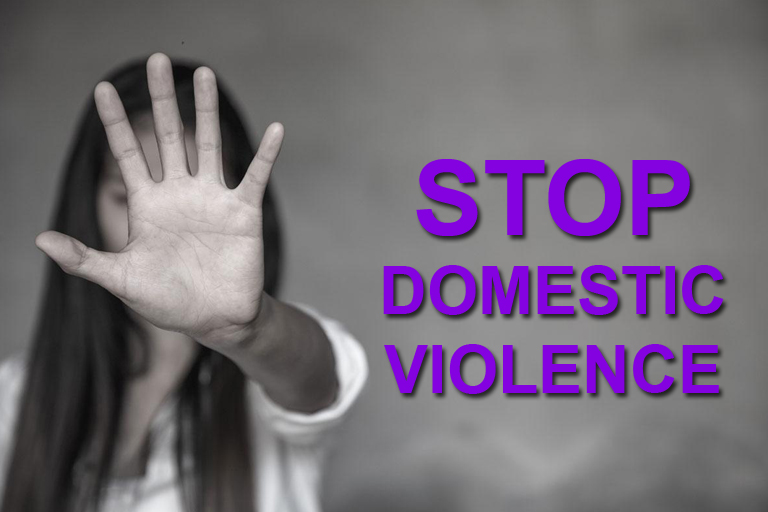Meemona Younas
Domestic violence is a pervasive and insidious issue that silently affects millions of individuals around the world, regardless of age, gender, ethnicity, or socioeconomic status. Behind closed doors, within the supposed safety of homes, a dark reality unfolds for far too many individuals, leaving lasting scars on victims and families alike. It is imperative to shine a light on this hidden epidemic, raise awareness, and foster a collective effort to eradicate it from our communities.
The term “domestic violence” encompasses a range of abusive behaviors that occur within intimate relationships, including physical, emotional, psychological, sexual, and financial abuse. It is characterized by a pattern of coercive control exerted by one partner over the other, with the primary goal of asserting power and maintaining dominance. While physical violence may be the most visible form, the emotional and psychological scars inflicted by other forms of abuse can be equally devastating, if not more so, leaving victims feeling isolated, powerless, and trapped.
One of the most troubling aspects of domestic violence is its prevalence across all demographics. It affects individuals of all ages, genders, races, and socioeconomic backgrounds. However, it is important to recognize that certain groups, such as women, children, and marginalized communities, are disproportionately impacted and face unique barriers to seeking help and support. Women, in particular, are more likely to experience severe forms of abuse, including intimate partner homicide, highlighting the urgent need for gender-sensitive interventions and resources.
The consequences of domestic violence extend far beyond the immediate physical and emotional harm inflicted upon victims. It undermines the foundation of families and communities, perpetuating cycles of violence that can span generations. Children who witness domestic violence are at increased risk of developing a range of mental health issues, including depression, anxiety, and post-traumatic stress disorder. They are also more likely to perpetuate or become victims of violence in their own adult relationships, perpetuating a vicious cycle of abuse.
Addressing domestic violence requires a multi-faceted approach that encompasses prevention, intervention, and support services for survivors. Prevention efforts must focus on challenging cultural norms and attitudes that perpetuate gender inequality and condone violence. This includes promoting healthy relationships, consent education, and bystander intervention training to empower individuals to recognize and intervene in abusive situations.
Intervention efforts must prioritize the safety and well-being of survivors, providing them with access to safe housing, legal assistance, counselling, and support groups. Law enforcement agencies, healthcare providers, and social service organizations must work collaboratively to ensure that victims receive the comprehensive support they need to escape abusive situations and rebuild their lives.
Support services for survivors should be survivor-centered, trauma-informed, and culturally competent, addressing the complex needs of individuals from diverse backgrounds. This includes providing culturally specific services for marginalized communities, including immigrants, refugees, LGBTQ+ individuals, and Indigenous populations, who may face additional barriers to seeking help and support.
In addition to individual and community-level interventions, systemic changes are needed to address the root causes of domestic violence and create a society where violence is not tolerated in any form. This includes implementing and enforcing laws and policies that hold perpetrators accountable for their actions, providing adequate funding for domestic violence programs and services, and promoting gender equality and social justice.
Ultimately, ending domestic violence requires a collective commitment from individuals, communities, governments, and organizations around the world. By raising awareness, challenging attitudes and beliefs that perpetuate violence, and providing support and resources to survivors, we can create a future where every individual is free from the threat of domestic violence and able to live with dignity, respect, and safety.
“Unveiling Domestic Violence: A Call to Action”
Domestic violence is a pervasive issue, affecting millions worldwide. It encompasses physical, emotional, and psychological abuse within intimate relationships, leaving victims feeling trapped and powerless. Despite its prevalence, domestic violence often remains hidden, perpetuating cycles of harm within families and communities. Addressing this issue requires a multi-faceted approach, including prevention efforts, survivor support services, and systemic changes to challenge societal norms that condone violence. Together, we can raise awareness, provide support to survivors, and work towards a future free from domestic violence.




